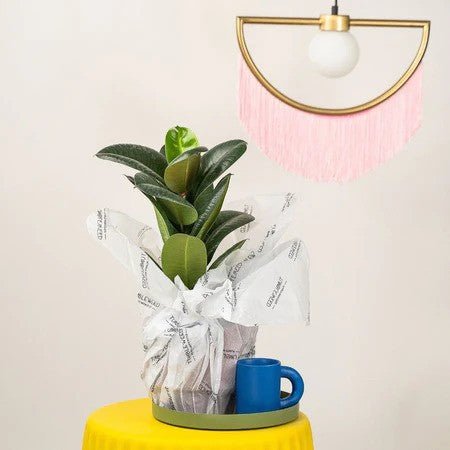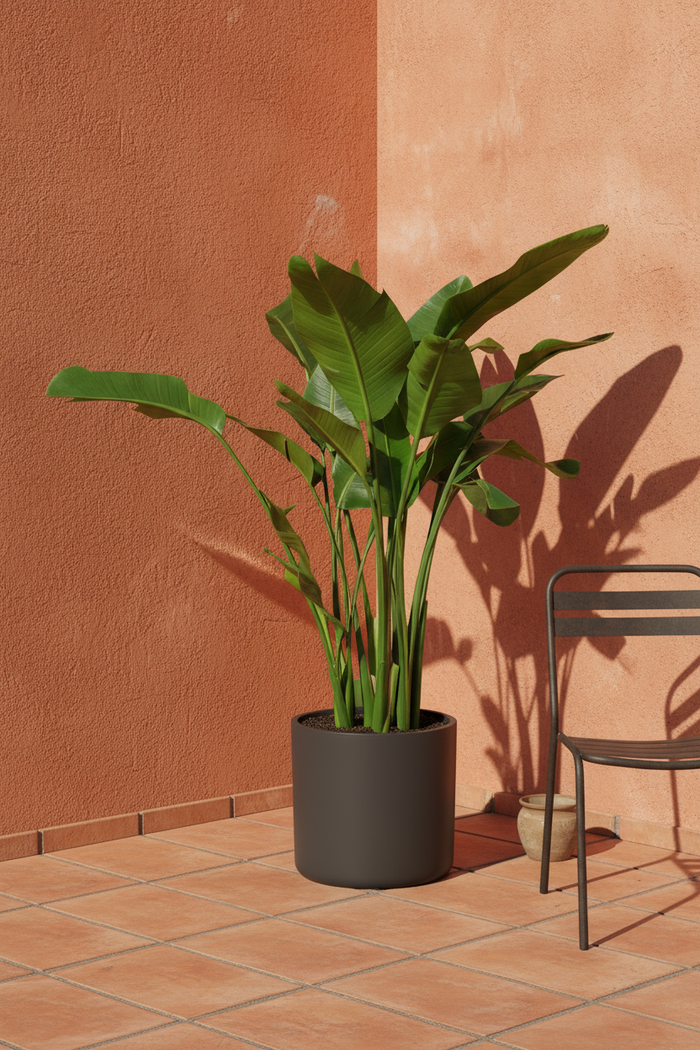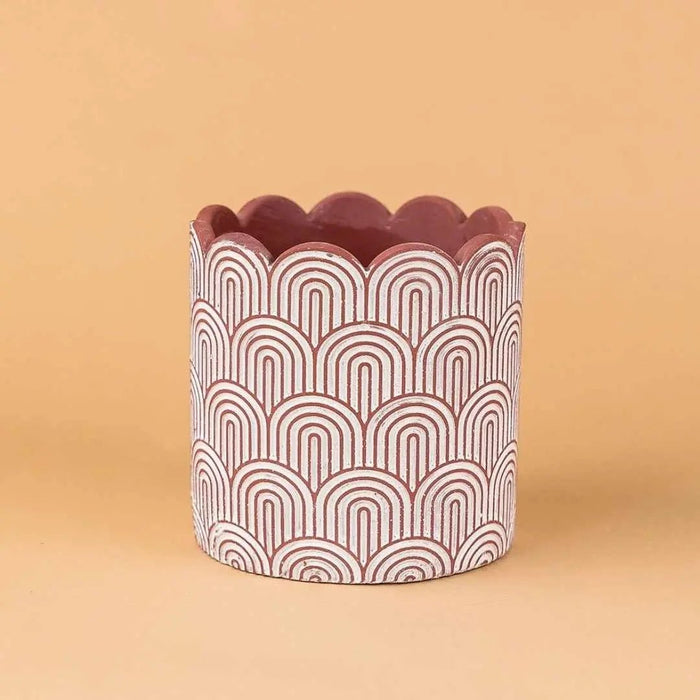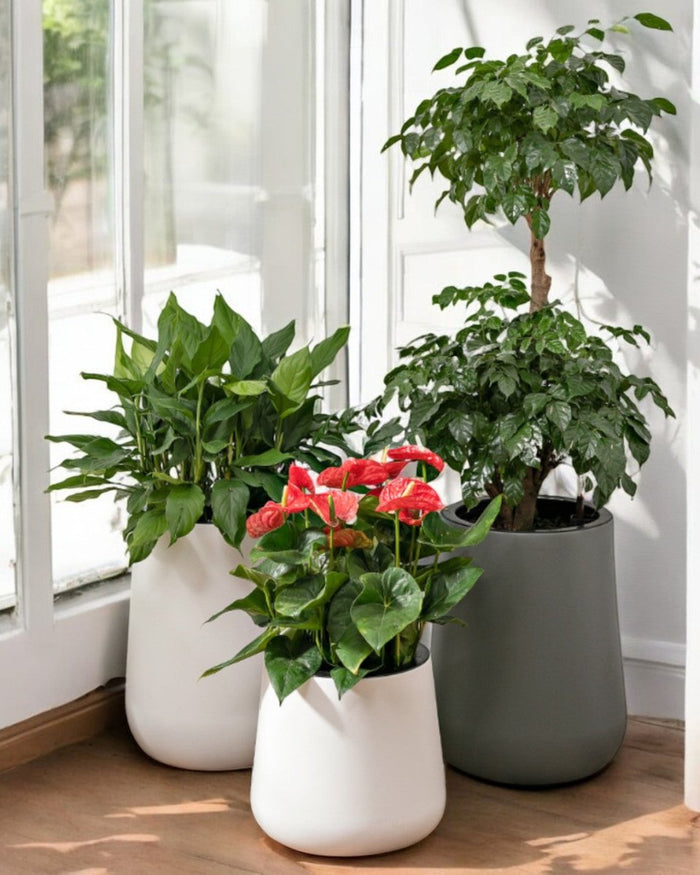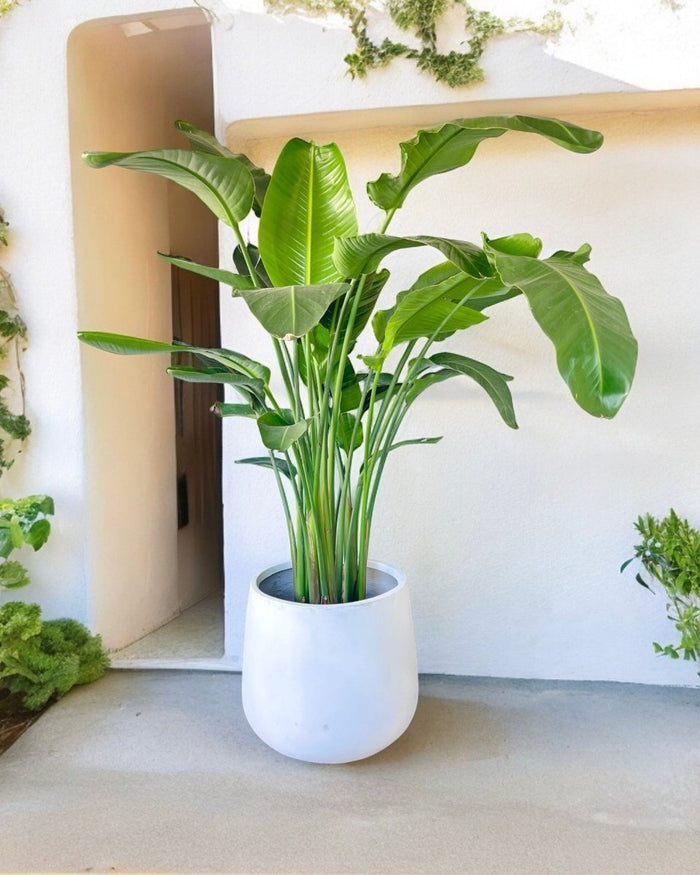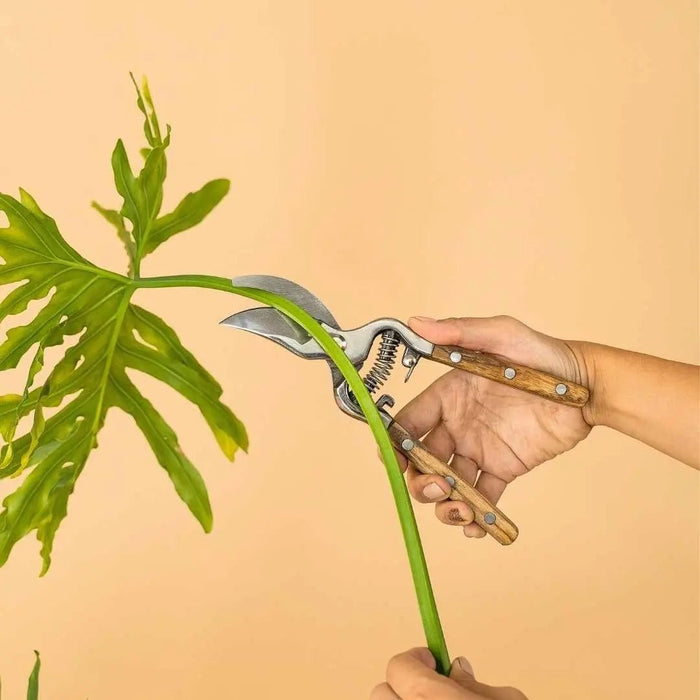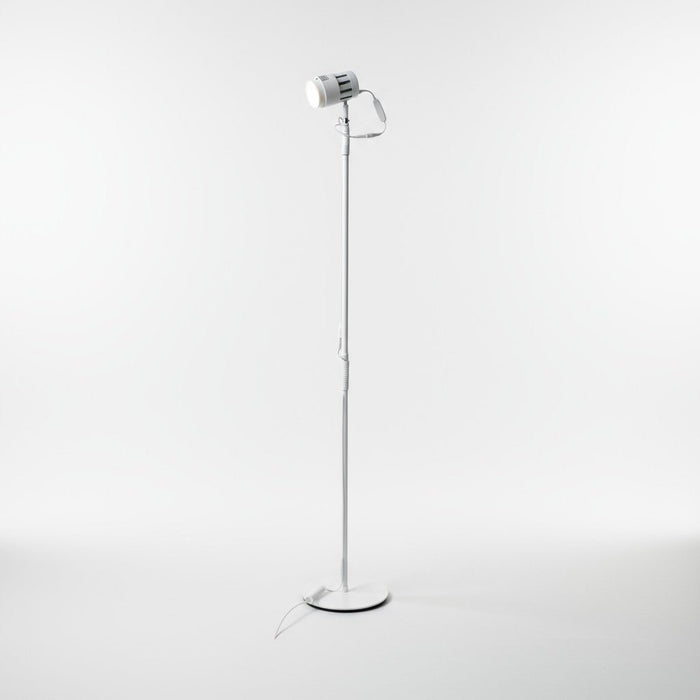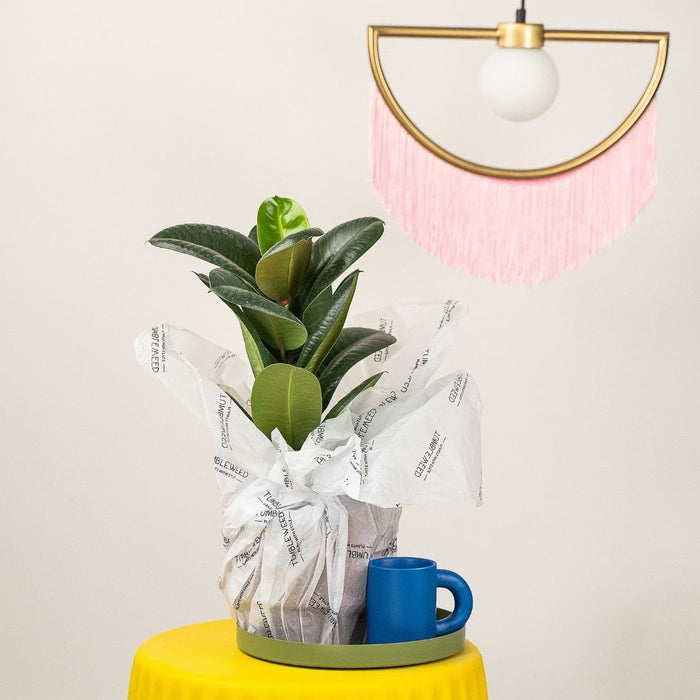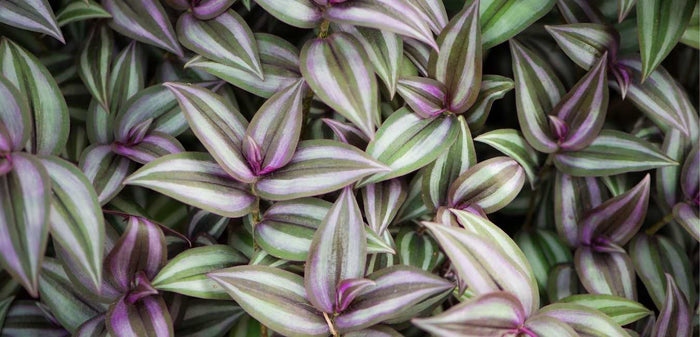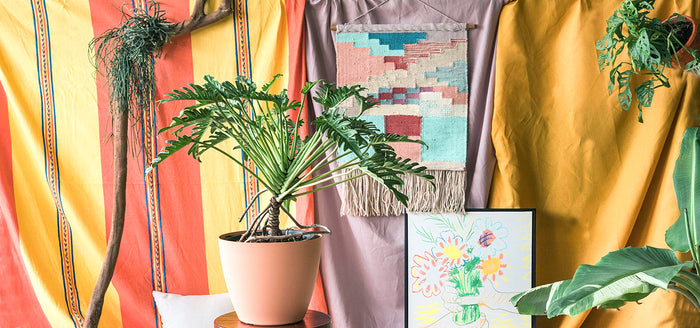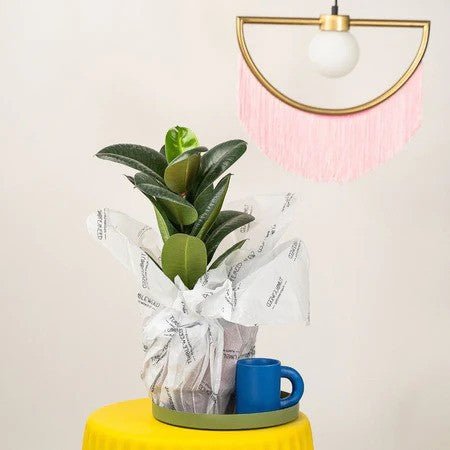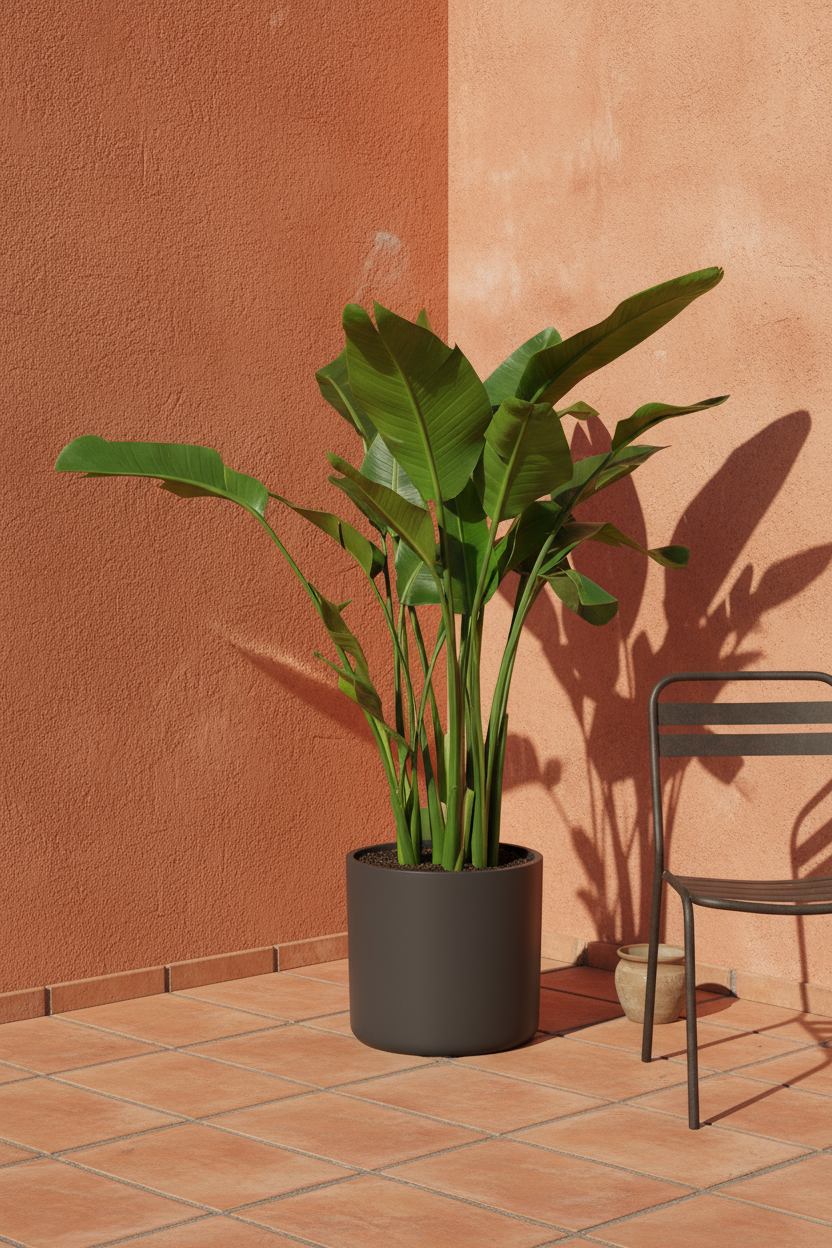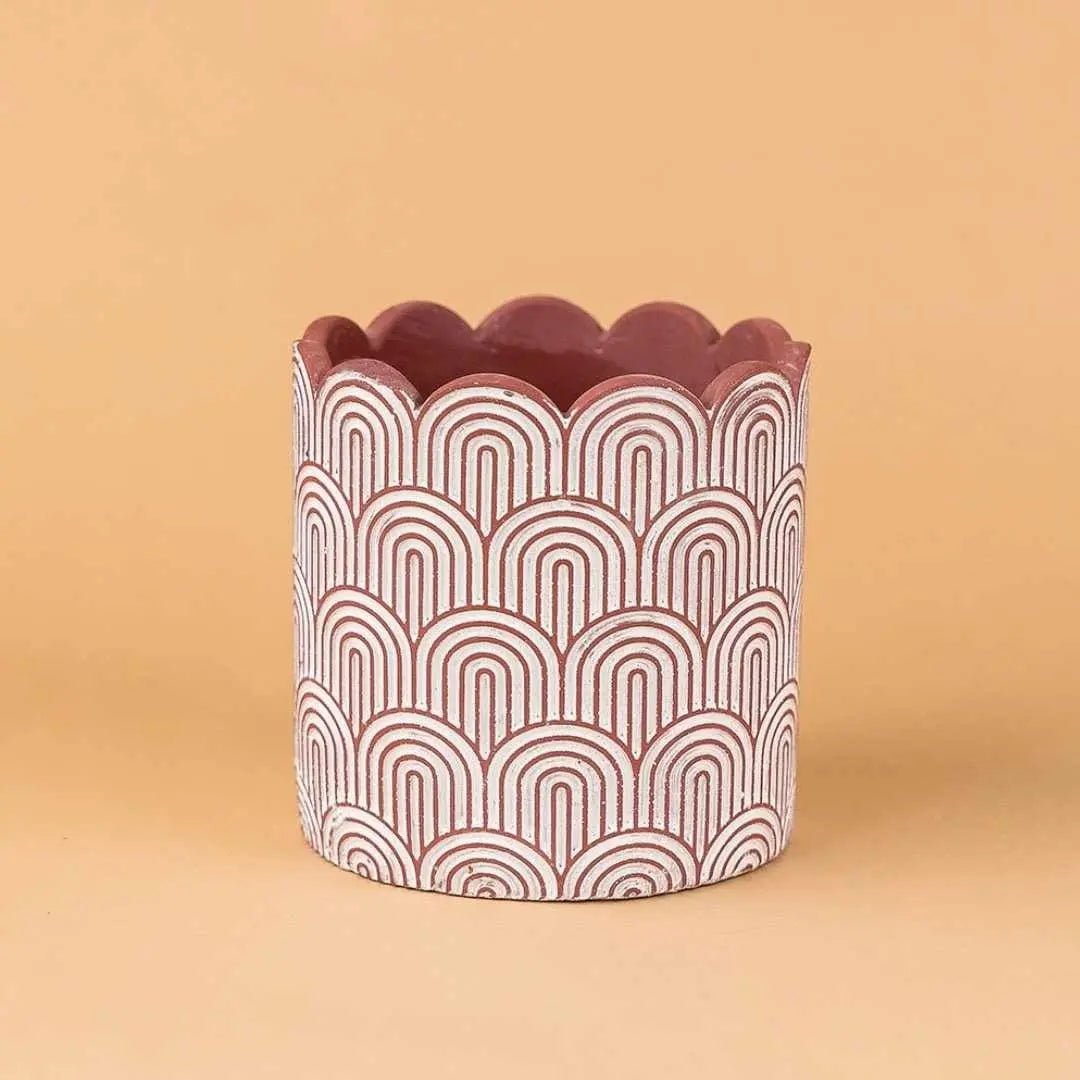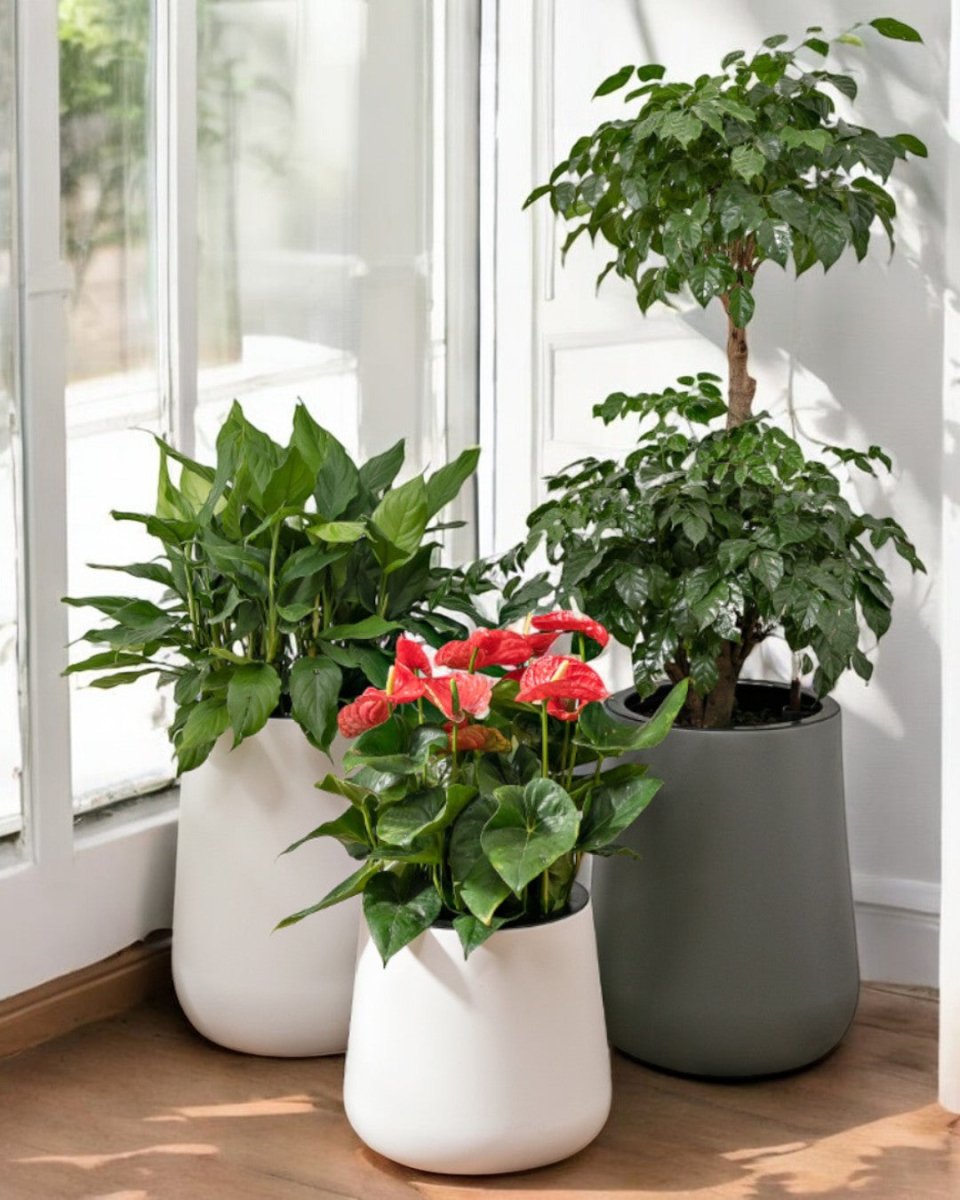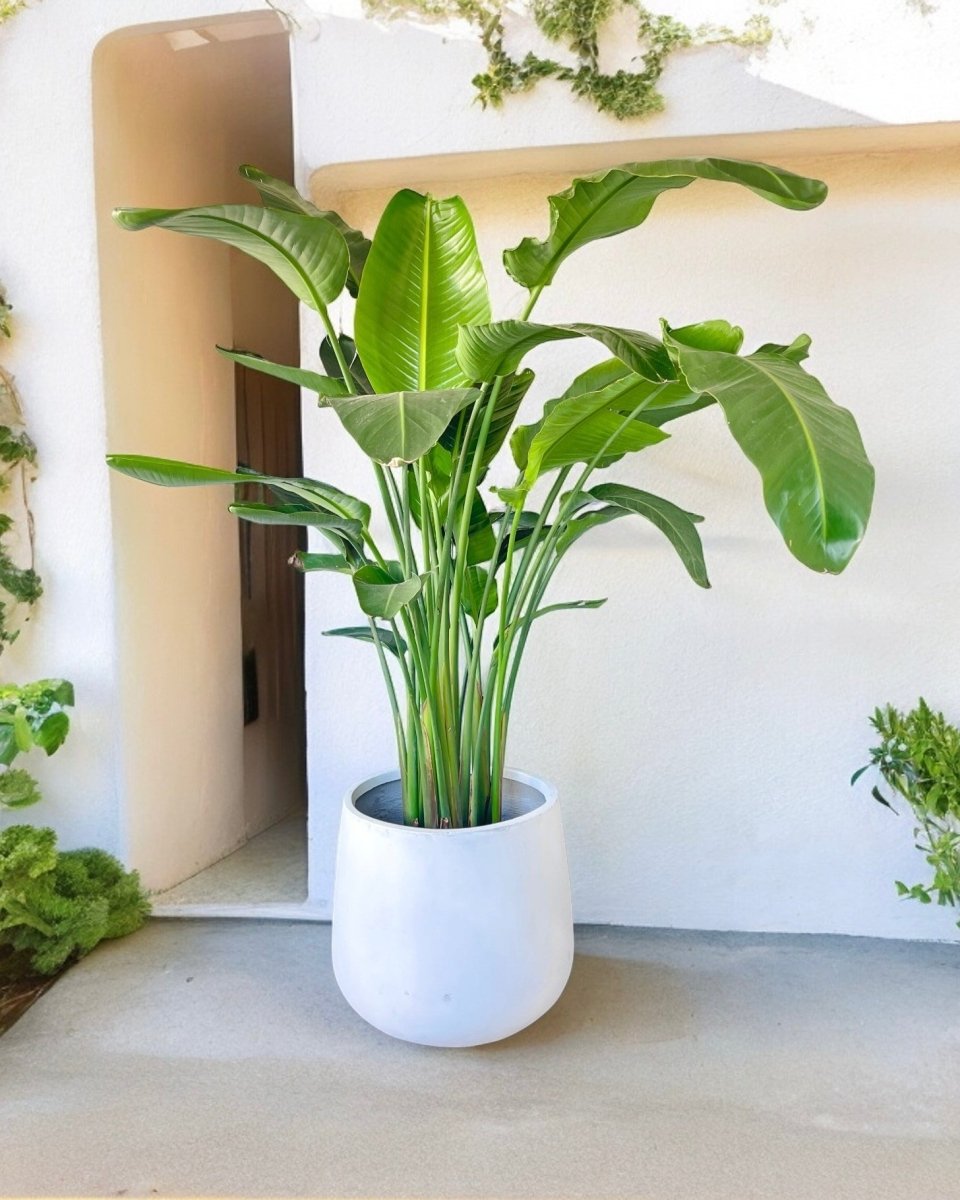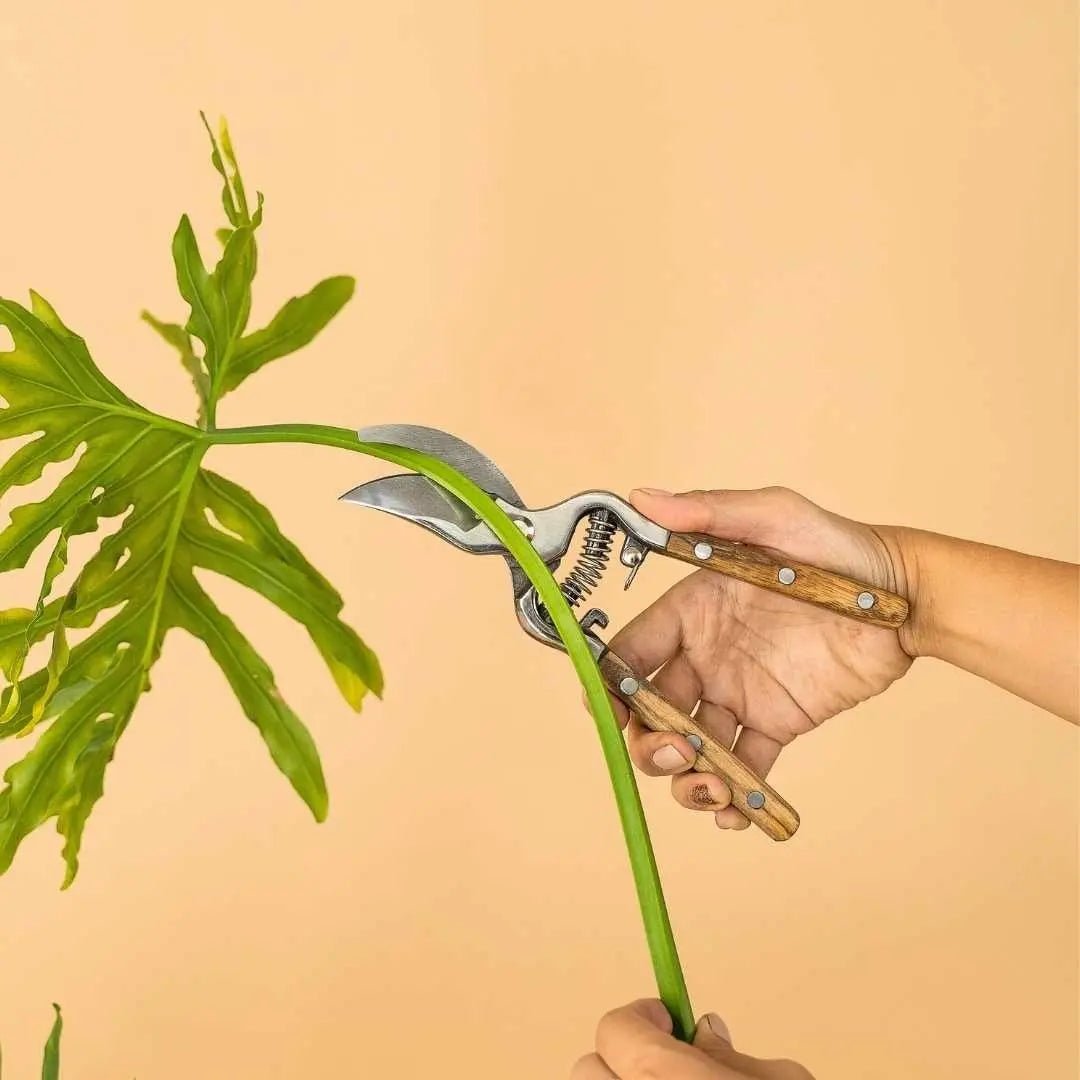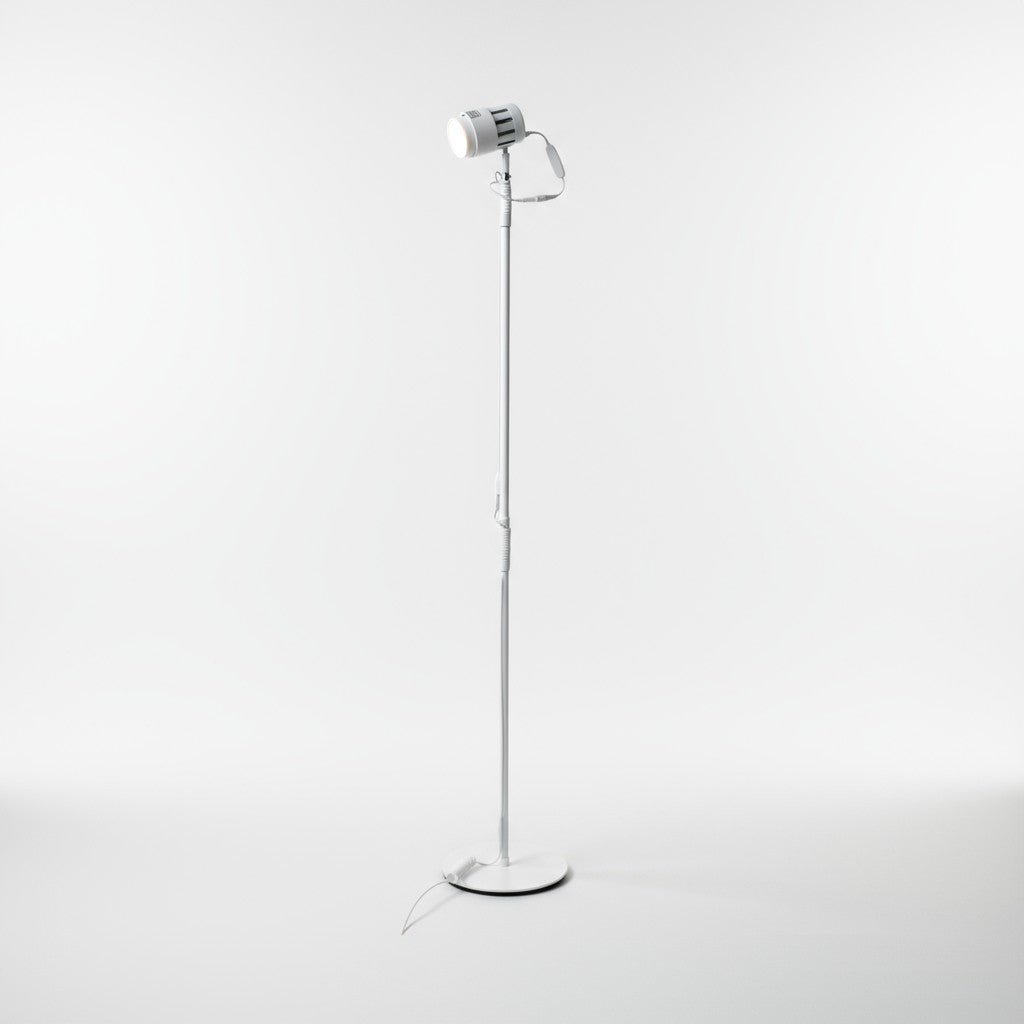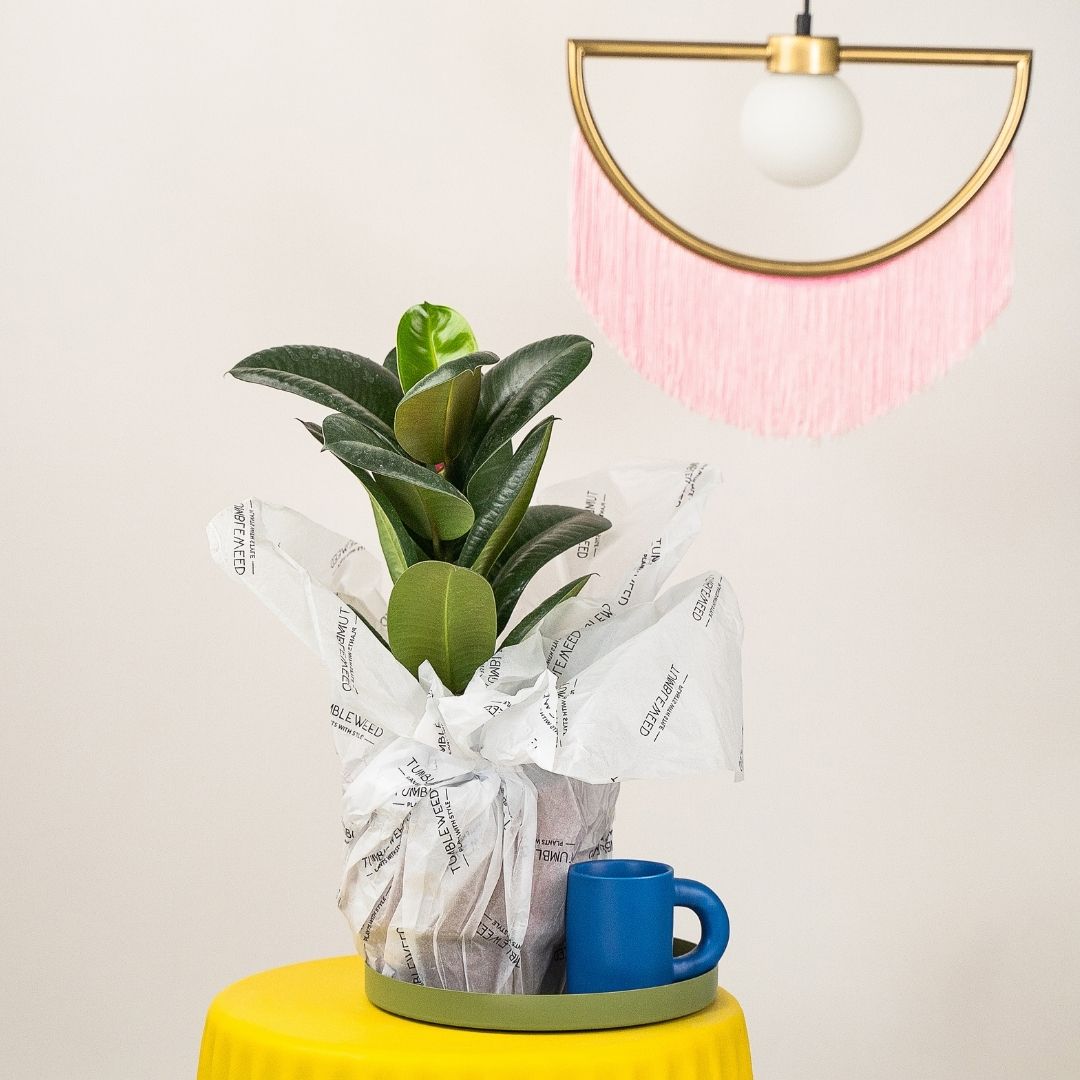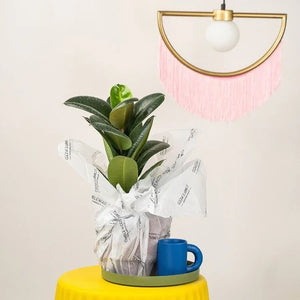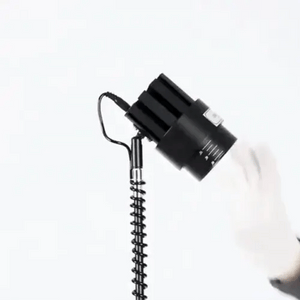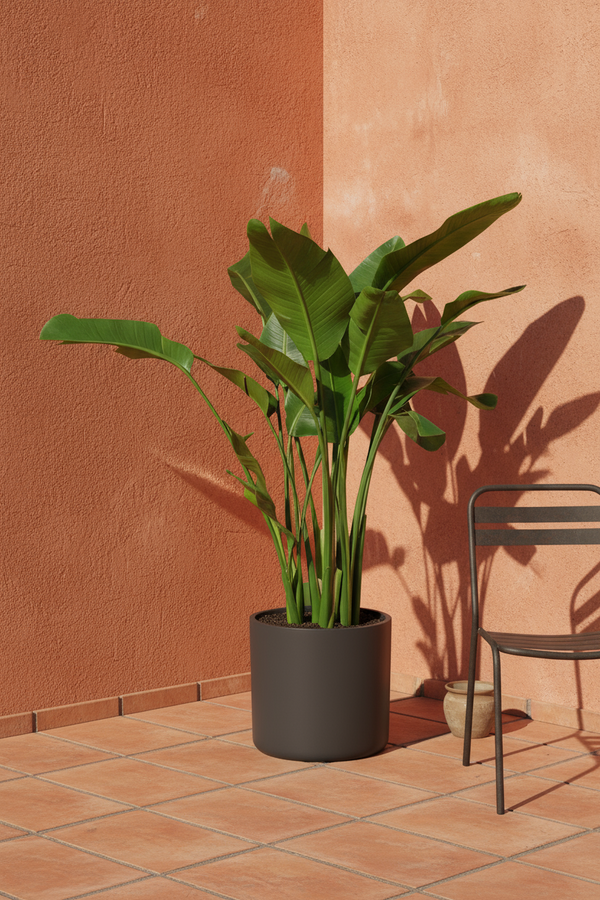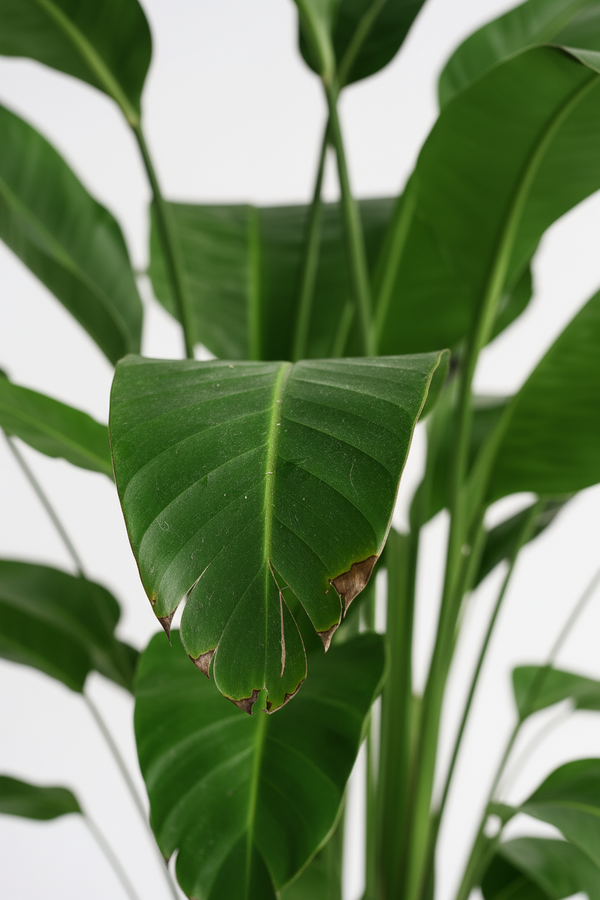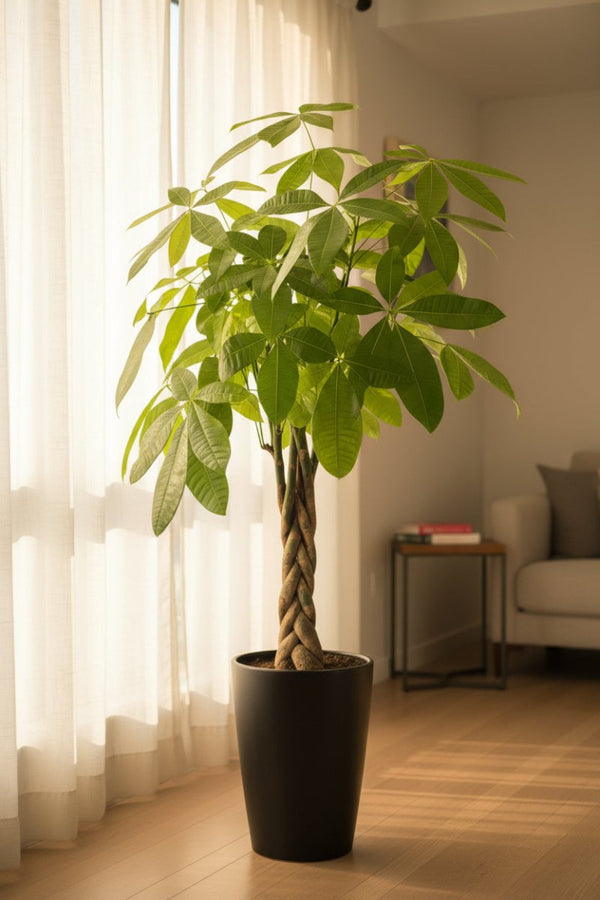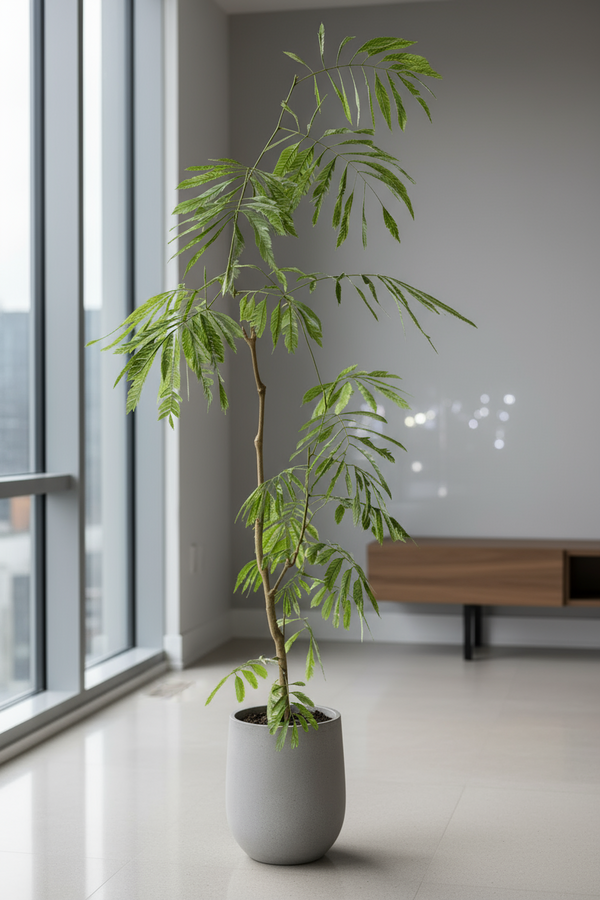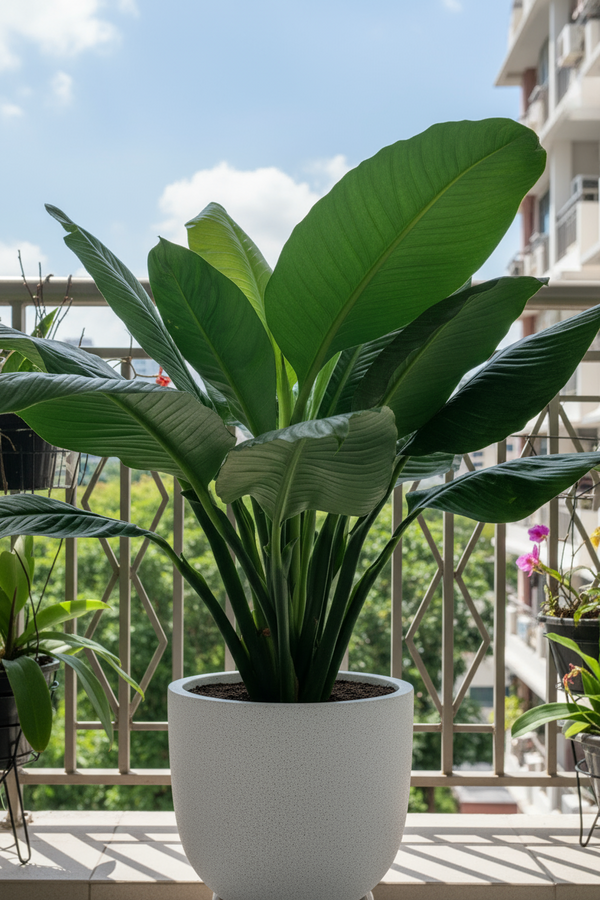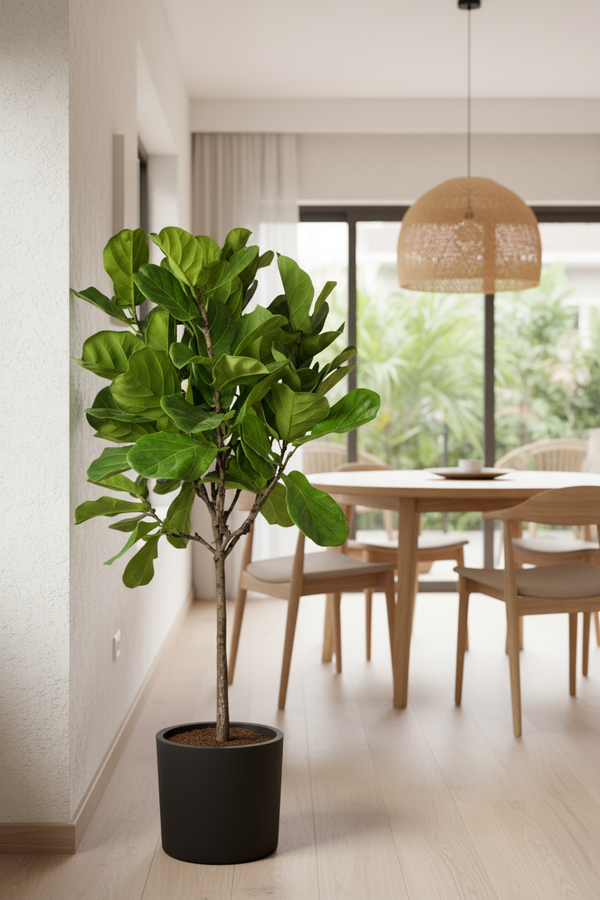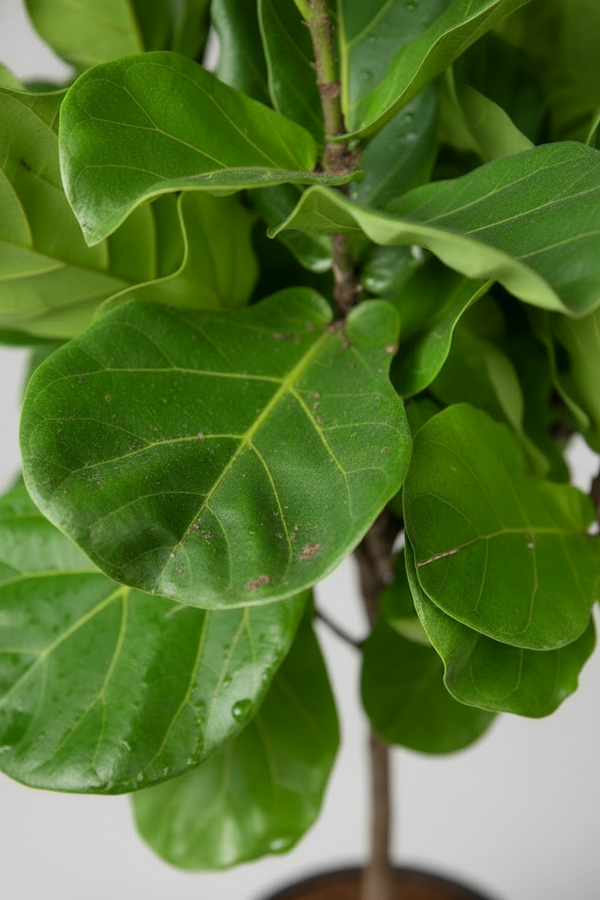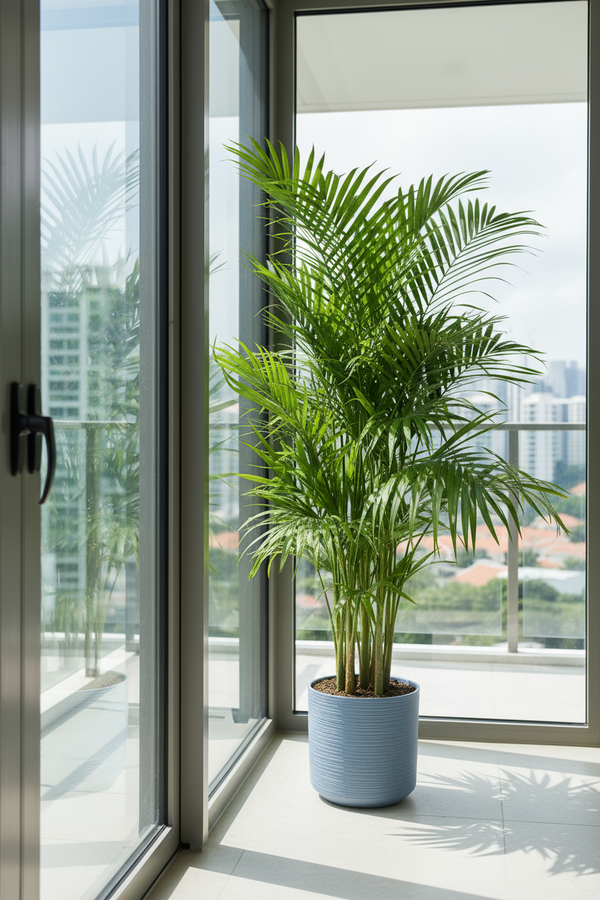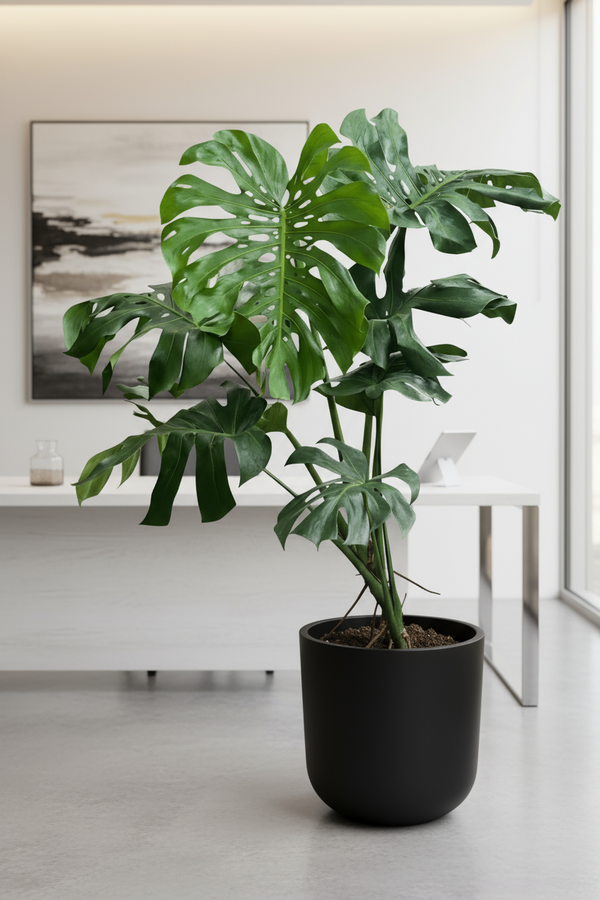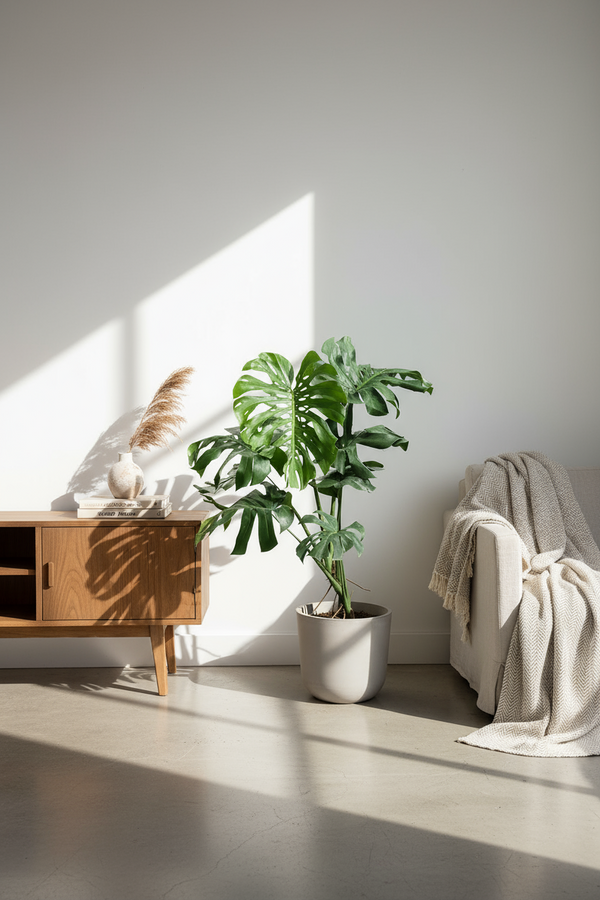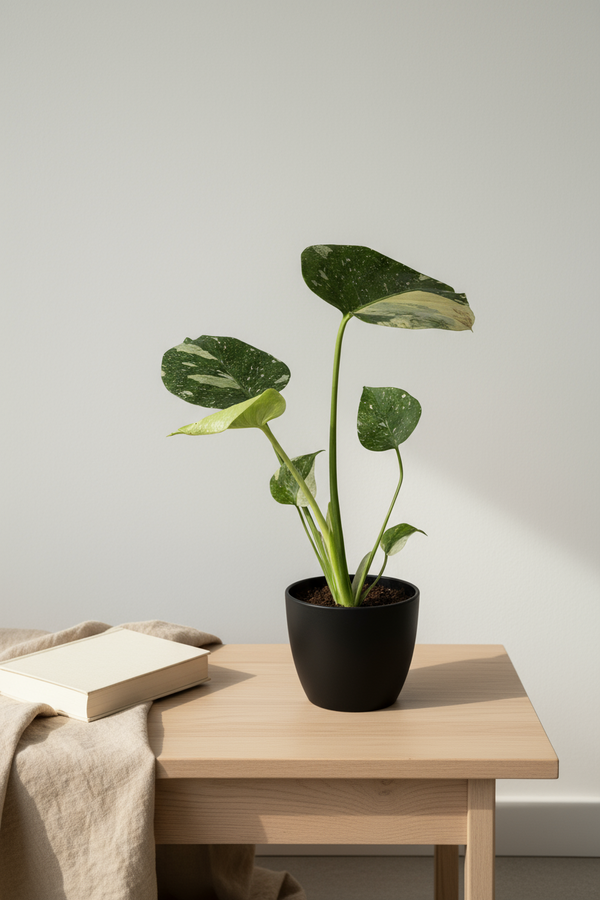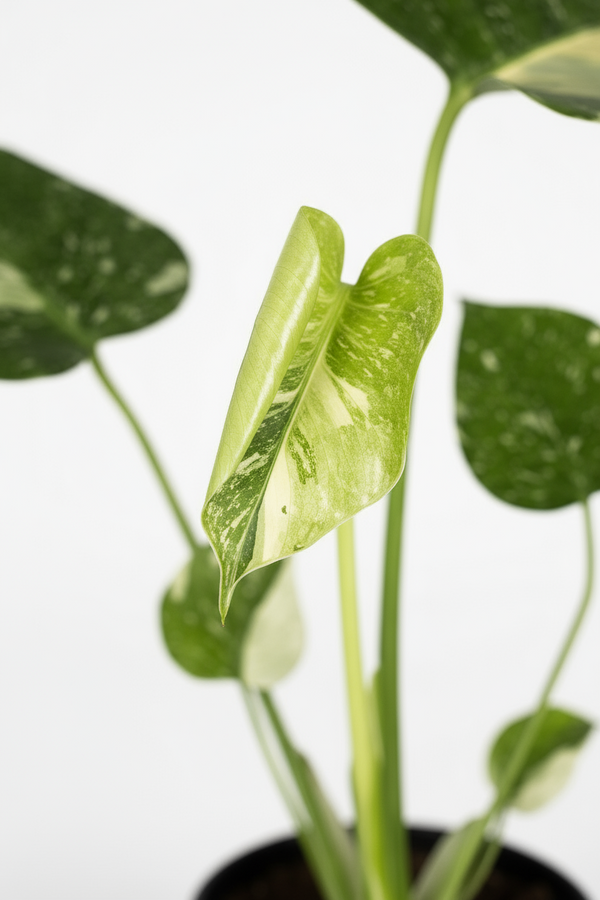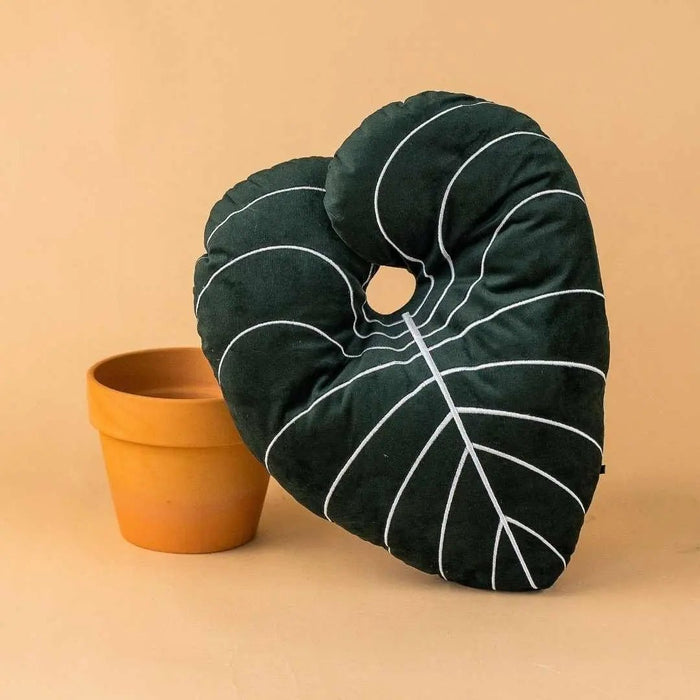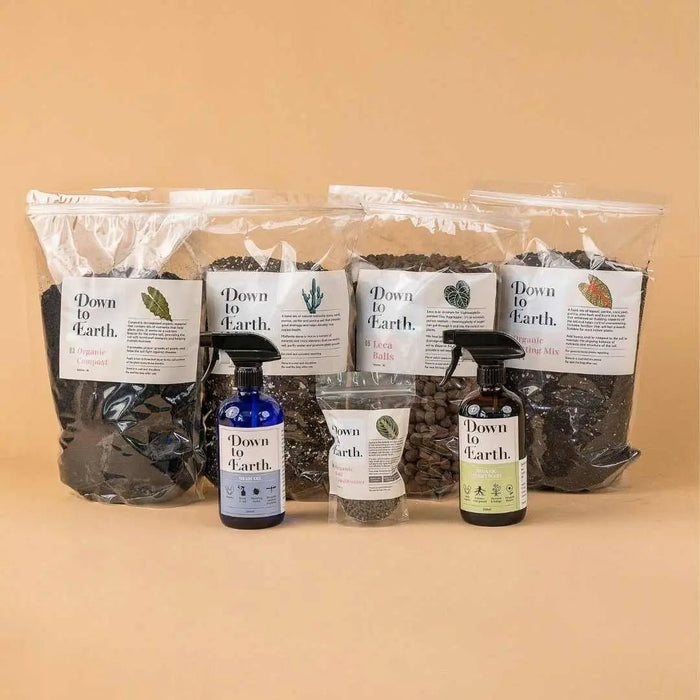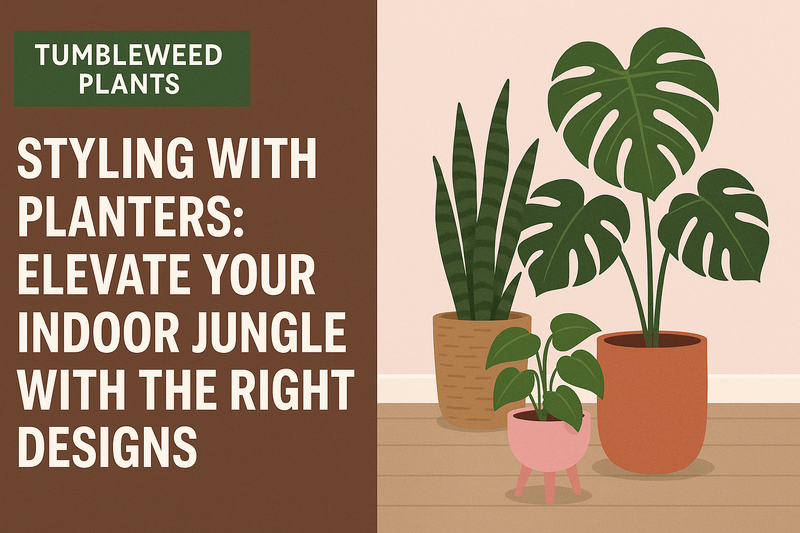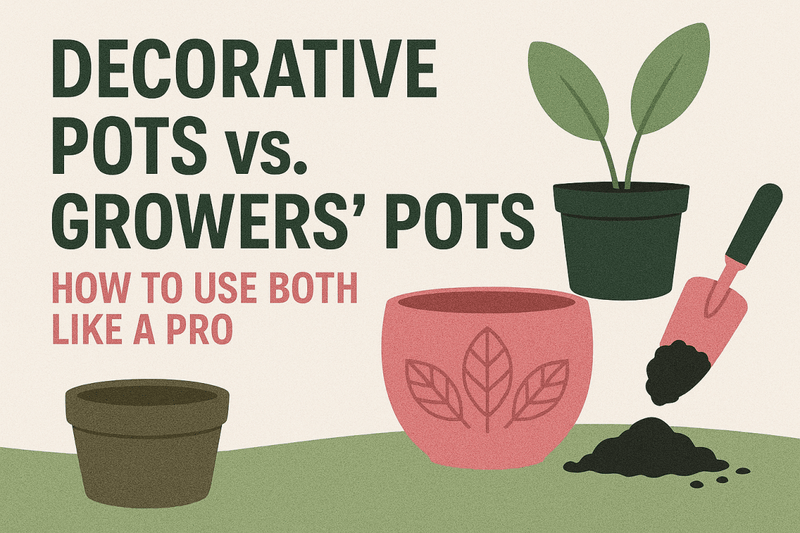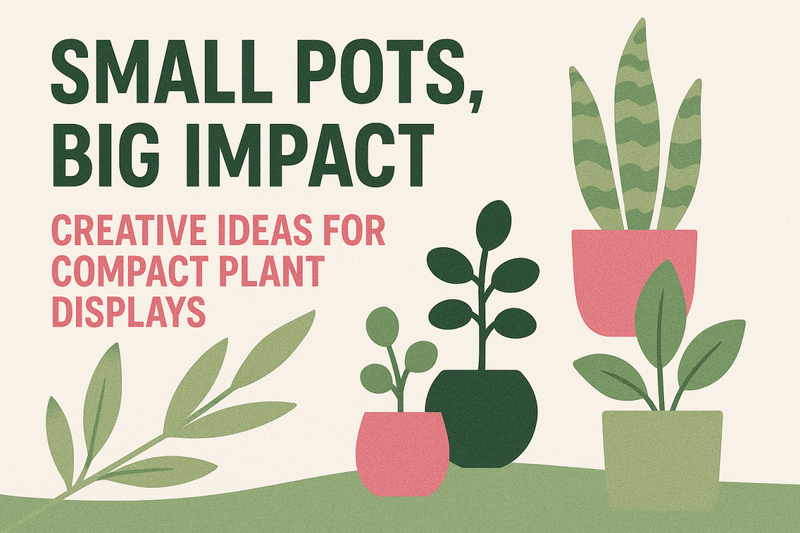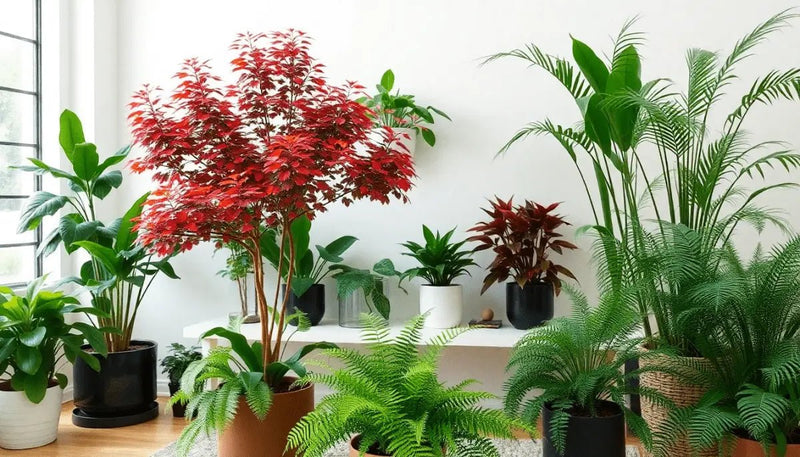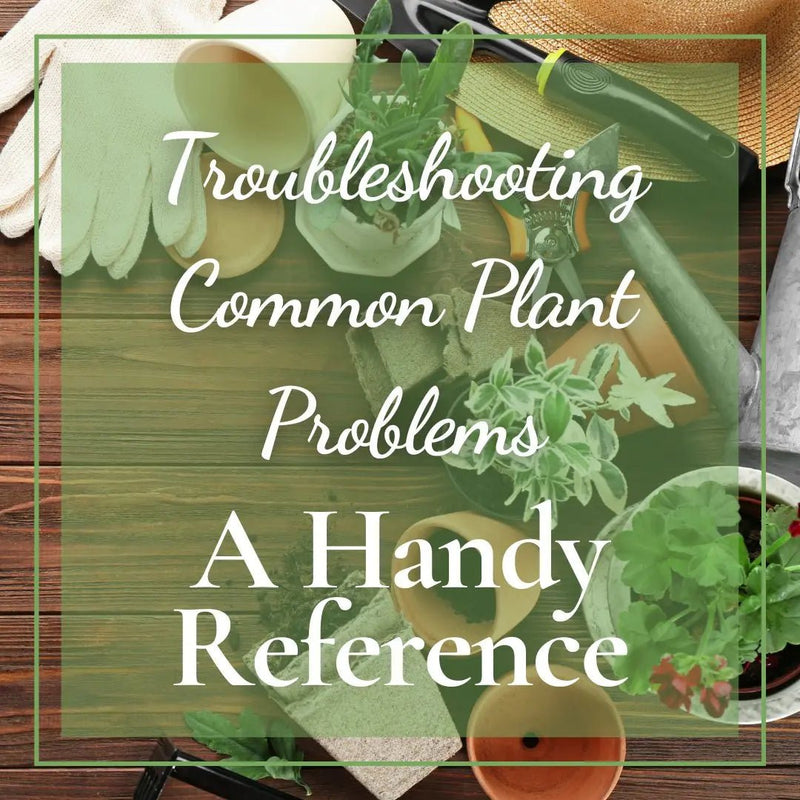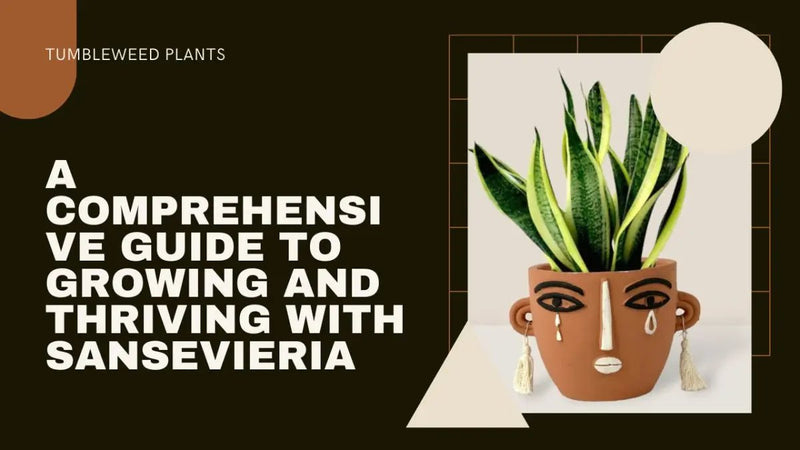Grow Your Own Garden- A Step by Step Guide to Plant Propagation for Beginners
Posted on June 25 2023
Plant propagation is the process of creating new plants from existing or "parent" plants. Propagation can be done through a variety of methods, including seeds, cuttings, bulbs and runners. Each method has its own advantages and disadvantages, so it's important to know what works best for you and your garden.
Understand the basics of plant propagation and why it’s important
Plant propagation is a great way to build and maintain healthy, diverse plant populations in your garden. By propagating plants, you can ensure that the same species are growing in your yard year after year. Propagation also allows you to introduce new varieties into your landscape without having to purchase them from a nursery or store.
Choose the right propagation method for your plants
Seeds: Growing plants from seed can be very rewarding and is often the most cost-effective option for introducing new varieties into your garden. Seeds are relatively easy to come by and can be purchased online or collected from existing plants in your yard.
Cuttings: Taking cuttings from existing plants is an ideal way to quickly increase their numbers. This is an especially useful technique for plants that are difficult to propagate from seed, such as perennials, shrubs and trees. It’s also an excellent way to share plants with friends and family.
Bulbs: Bulbs are relatively easy to propagate but require a bit more patience than other methods of propagation. They need time to establish their roots before they can be transplanted into the garden or container.
Runners: Runners are stems or stolons that grow away from the parent plant and form new plants at their tips. This method of propagation works well with many ground-covering plants such as strawberries and ajuga.
Gather necessary supplies and tools for propagation
For cuttings, runners and bulbs, make sure to have the necessary supplies on hand. Collect sharp pruners or scissors for taking cuttings; containers for transporting them; and rooting hormone (if desired). For runners, you’ll need a spade or trowel to dig up existing plants.
Prepare the soil for planting
Before you start planting out your new plants, make sure to prepare the soil. Work in a generous amount of compost and fertilizer to give your plants a nutrient-rich start. Make sure the soil is free of weeds before you begin planting, as these can quickly overtake your new plants.
Propagating plants is an effective way to diversify and maintain healthy plant populations in your garden. With the right materials and instructions, anyone can learn the basics of plant propagation and begin creating their own beautiful gardens.
Plant your chosen seeds or cuttings in the ground
Once you’ve gathered your materials and prepared the soil, it’s time to start planting your chosen seeds or cuttings. Sow them directly into the ground at the appropriate depth and distance apart as directed in your gardening book or on the seed packet. Planting cuttings are similar—simply dig a shallow hole at the desired depth and place your cutting in it, making sure that half of its stem is buried beneath the soil surface.
Make sure to water regularly and watch for signs of growth
As your plants grow, make sure to keep them well watered and watch for signs of new growth. Fertilize your plants as necessary and prune off any dead or wilting leaves. Check-in on your plants frequently throughout the growing season to ensure they’re healthy and thriving. Make sure to do this carefully so as not to damage the plant or surrounding root system.
Transplant your plants to their permanent home when they are mature
Once your plants are mature, it’s time to transplant them to their permanent home. Dig a hole in the desired area and carefully remove the plant from its pot or container. Place it in the hole ensuring that all of its roots are covered with soil. Water thoroughly and keep an eye out for signs of disease or pests.
As you can see, there are many steps involved in propagating plants successfully. When done correctly, however, propagation can create vibrant and thriving gardens full of unique and beautiful flora. With a little patience and practice, anyone can become an expert plant propagator.

